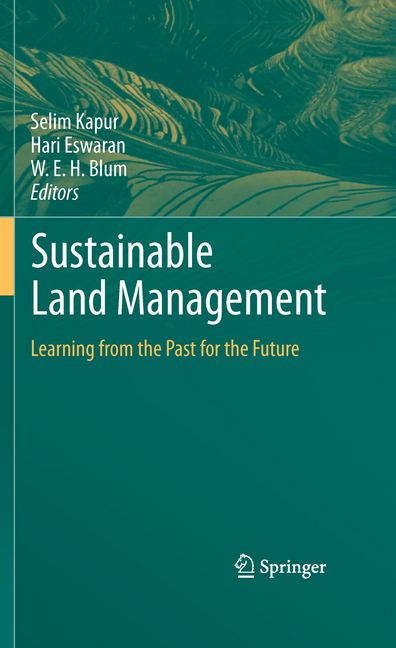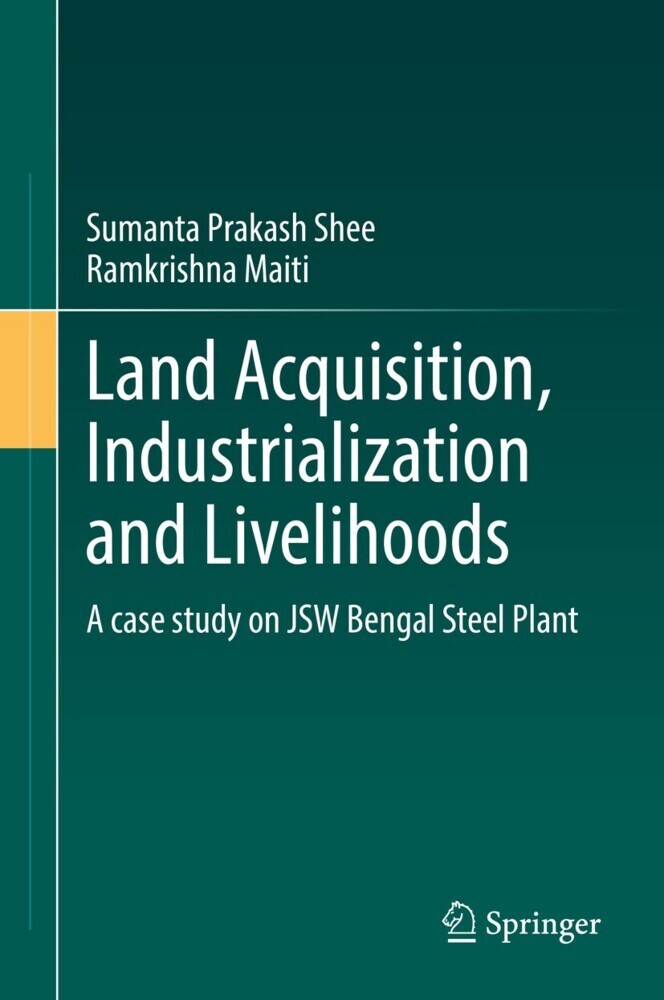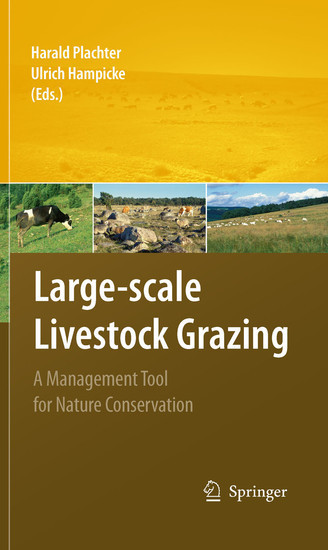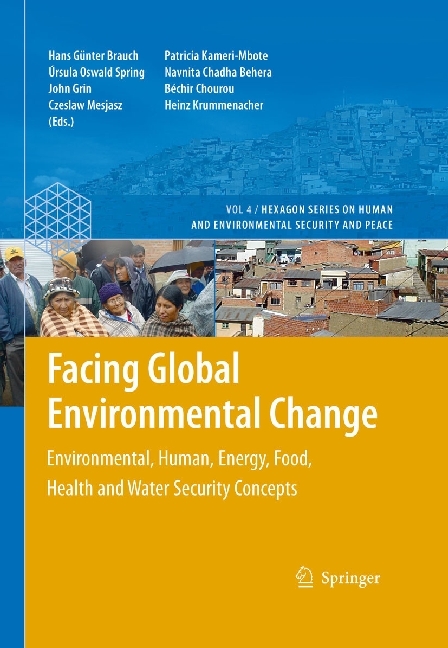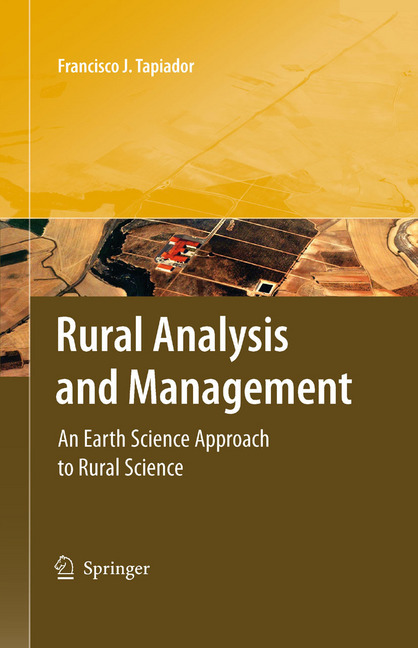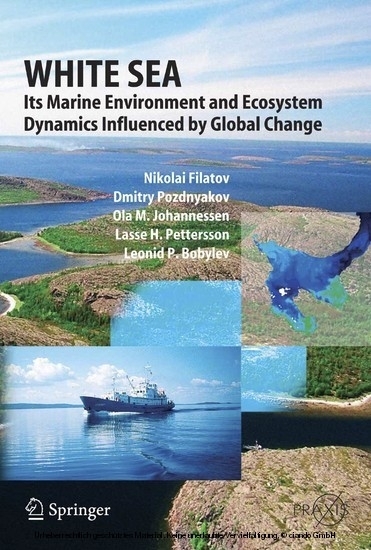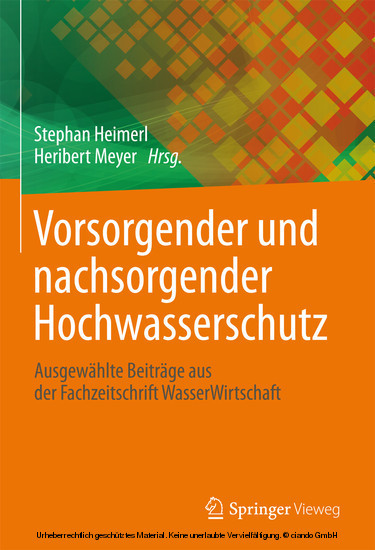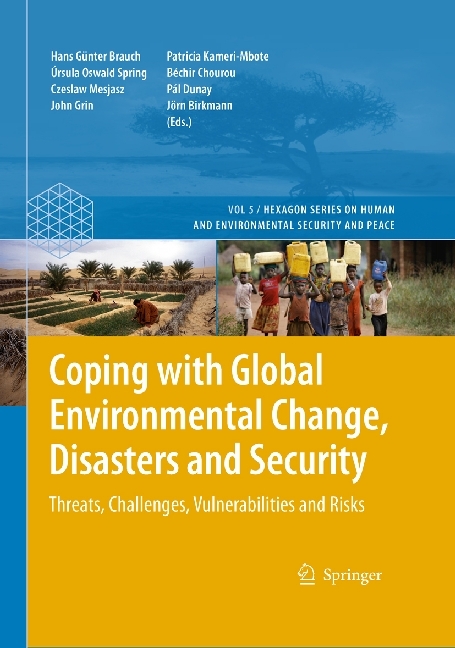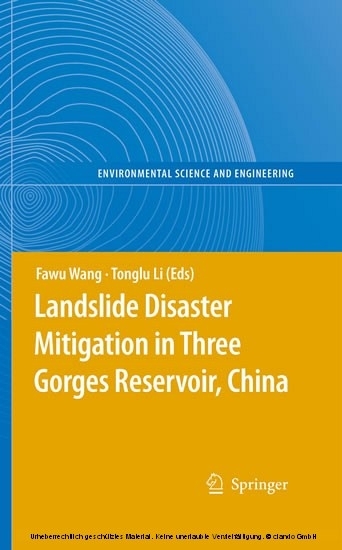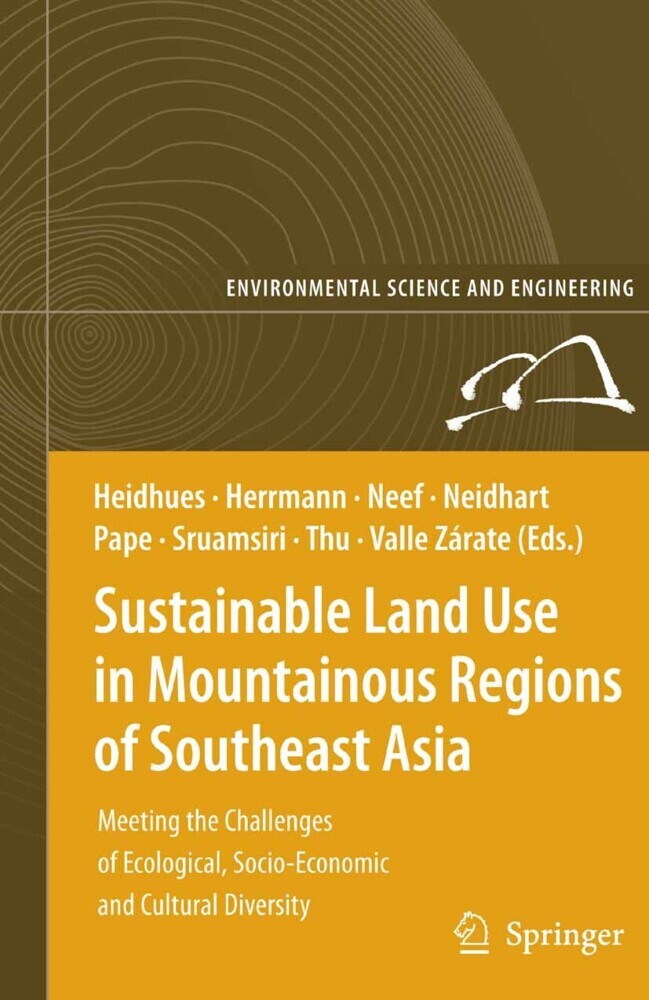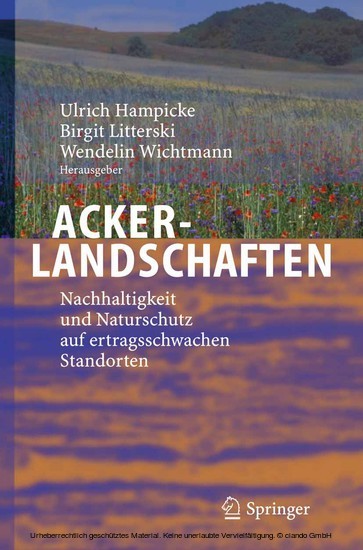Sustainable Land Management
Learning from the Past for the Future
Soil quality is threatened by many human-induced activities, but can also be improved by good land management. In the relatively short history of mankind on earth, the landscape and soils of the world have been drastically modified from their "natural " state. Landscapes altered by man's activities are termed "Anthroscapes" which are inextricably linked to culture and history. The challenges for today's scientists are to devise and implement sustainable land management strategies in order to preserve the land for the benefit of future generations. This book is a valuable compendium of the research experiences so far gained in studies of the context and concept of the "Anthroscape" and highlights the potential future contributions of such research to sustainable development.
1;Dedicated to the Dear Memory of Prof. Dr. Cemil Cangir (1946-2010);6 2;Preface;8 3;Contents;10 4;Contributors;12 5;The Anthroscape Approach in Sustainable Land Use;18 5.1;1 Introduction;19 5.2;2 Materials and Methods;22 5.2.1;2.1 The Study Area;22 5.2.2;2.2 Driving Forces and Impacts of Misuse;26 5.2.3;2.3 Socio-Economy;27 5.2.4;2.4 Migration;27 5.2.5;2.5 Fragmentation;36 5.2.6;2.6 Natural Resources;37 5.2.7;2.7 Environmental Problems (Improper: - Land/Soil, and Water Use and - Crop Selection and Animal Production);37 5.2.8;2.8 Quantification of the Anthroscape;43 5.2.9;2.9 Quantification of the Carbon by NPP at the ALQCs;55 5.3;3 Results;58 5.4;4 Conclusion;60 5.5;References;65 6;Anthroscapes in the Light of the EU Soil Thematic Strategy;68 6.1;1 Introduction;68 6.2;2 The Importance of Anthroscapes Within the Soil Thematic Strategy;69 6.3;3 Some Relevant Anthroscapes in Europe;71 6.4;4 Conclusions;72 6.5;References;73 7;Soil Erosion-Desertification and the Middle Eastern Anthroscapes;74 7.1;1 Introduction;75 7.2;2 Materials and Methods;77 7.2.1;2.1 Materials;77 7.2.1.1;2.1.1 The Study Watersheds-Features, Land Use, Management and Monitoring Objectives;77 7.2.1.2;2.1.2 The Yatir Forest (Israel): Afforestation of a Semiarid Rangeland;77 7.2.1.3;2.1.3 Humret Es-Sahin Watershed (Jordan): Rangelands Rehabilitation over an Aridity Gradient;78 7.2.1.4;2.1.4 Southern Hebron Highlands (Palestinian National Authority): Promotion of Agro-Pastoral Systems Along an Aridity Gradient;80 7.2.1.5;2.1.5 Kzlöz Microcatchment (Turkey): Rehabilitation of Sylvi-Agro-Pastoral Watershed;81 7.2.1.6;2.1.6 Summary of Watersheds´ Features, Land Use, Management and Research Objectives;82 7.2.2;2.2 Methods;83 7.2.2.1;2.2.1 Precipitation;83 7.2.2.2;2.2.2 Runoff and Sediment;83 7.2.2.3;2.2.3 Soil-Erosion, Properties and Moisture;84 7.2.2.4;2.2.4 Vegetation;85 7.2.2.5;2.2.5 Trees;85 7.2.2.6;2.2.6 Non-woody (Herbaceous) Natural Vegetation;86 7.3;3 Results;87 7.3.1;3.1 Precipitation Features;88 7.3.2;3.2 Rainfall, Throughfall and Stemflow;88 7.3.3;3.3 Runoff and Sediment Discharge at the Watershed Scale;89 7.3.4;3.4 Relations Between Runoff and Rainfall;89 7.3.5;3.5 Relations Between Suspended Sediment and Runoff;91 7.3.6;3.6 Sediment Discharge in Relation to Watershed Management;94 7.3.7;3.7 Soil Erosion Through Gullying in Relations to Watershed Management;96 7.3.8;3.8 Watershed Processes at the Local Scale;96 7.3.9;3.9 Rainfall, Runoff and Sediment Deposition;97 7.3.10;3.10 Soil Cover, Runoff and Erosion;98 7.3.11;3.11 Soil Moisture Response to Soil Conservation Measures;99 7.3.12;3.12 The Effect of Afforestation on Soil Moisture;110 7.3.13;3.13 Soil Cover, Runoff, Soil Organic Matter and Soil Moisture;115 7.3.14;3.14 Vegetation;117 7.3.15;3.15 Trees;118 7.3.16;3.16 Non-woody Vegetation;120 7.3.17;3.17 Aggregate Measures of Vegetation Cover;120 7.3.18;3.18 Community Measures;127 7.4;4 Discussion and Conclusions;136 7.5;References;140 8;Soils of the Mediterranean Region, Their Characteristics, Management and Sustainable Use;142 8.1;1 Introduction;143 8.2;2 Description of Major Soils;144 8.2.1;2.1 Histosols;145 8.2.2;2.2 Anthrosols;146 8.2.3;2.3 Leptosols;147 8.2.4;2.4 Vertisols;148 8.2.5;2.5 Fluvisols;149 8.2.6;2.6 Gleysols, Solonchaks and Solonetz;149 8.2.7;2.7 Andosols;151 8.2.8;2.8 Kastanozems and Phaeozems;151 8.2.9;2.9 Umbrisols;151 8.2.10;2.10 Gypsisols, Durisols and Calcisols;152 8.2.11;2.11 Luvisols;154 8.2.12;2.12 Arenosols;154 8.2.13;2.13 Cambisols;155 8.2.14;2.14 Regosols;155 8.3;3 Soil Degradation and Soil Protection in the Mediterranean;156 8.4;4 Conclusions;157 8.5;References;158 9;Mountain Anthroscapes, the Case of the Italian Alps;160 9.1;1 Introduction;160 9.2;2 Negative Human Impacts Creating/Reshaping Anthroscapes;162 9.2.1;2.1 The Impacts of Winter Resorts: the Case of Ski Slides and Ski-Lift Facilities;162 9.2.2;2.2 The Mountain Off-Roading: A Growing Environmental Problem;164 9.2.3;2.3 Mining Dumps;166 9.2.4;2.4 Industrial and Civil S
Kapur, Selim
Eswaran, Hari
Blum, Winfried E. H.
| ISBN | 9783642147821 |
|---|---|
| Artikelnummer | 9783642147821 |
| Medientyp | E-Book - PDF |
| Auflage | 2. Aufl. |
| Copyrightjahr | 2010 |
| Verlag | Springer-Verlag |
| Umfang | 415 Seiten |
| Sprache | Englisch |
| Kopierschutz | Digitales Wasserzeichen |

